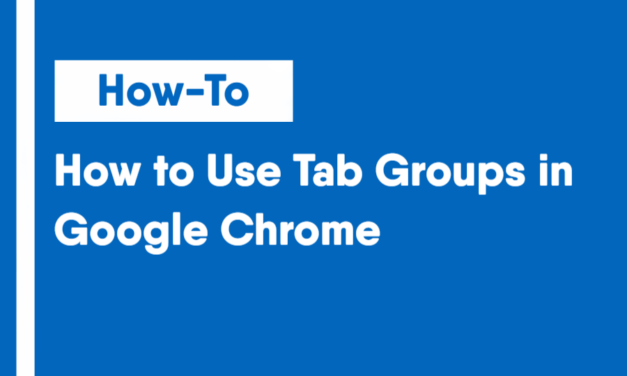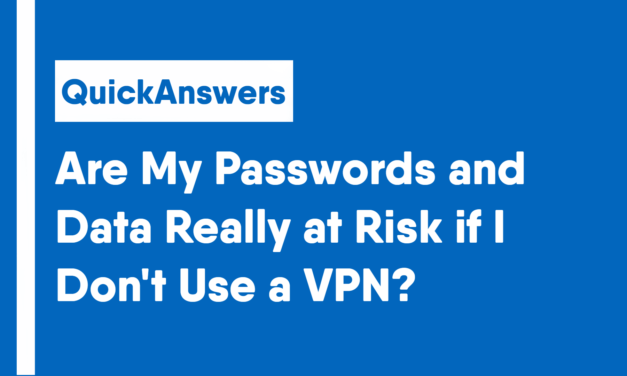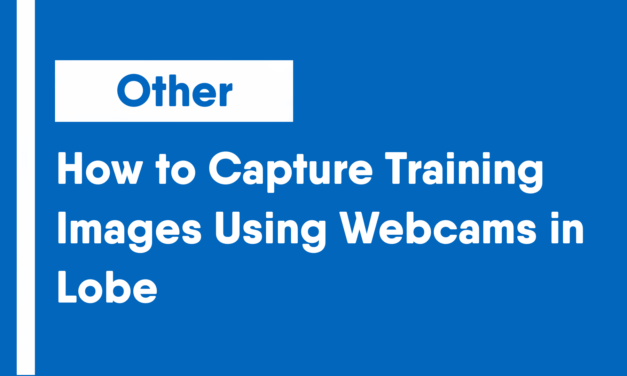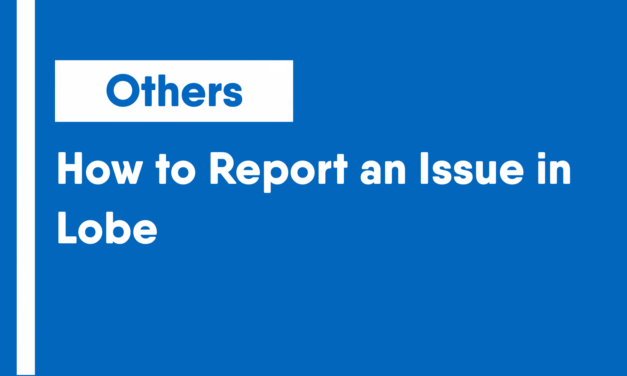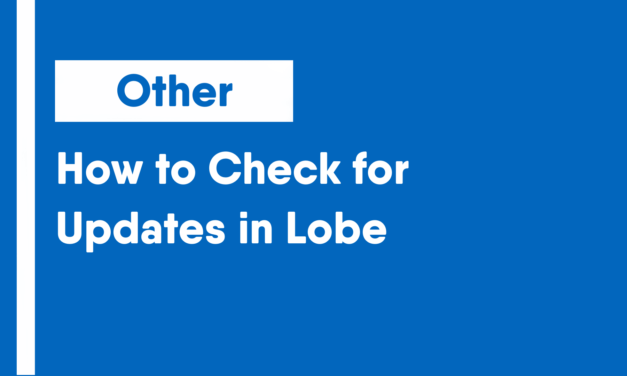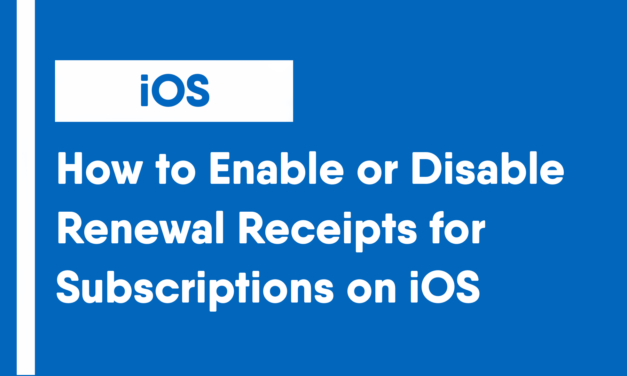UWB or Ultra-Wideband is a type of radio transmission technology. Similar to Bluetooth and Wi-Fi, they use radio waves to communicate with other devices. Previously only found in medical and military devices, they are , one recent use being found in smartphones. Unlike Bluetooth and Wi-Fi, ultra-wideband uses a larger channel bandwidth, allowing for it to be used in high-accuracy tracking applications. Incorporated with angle-of-arrival technologies and calculations, UWB has begun to become synonymous with tracking. While Bluetooth, NFC, Wi-Fi and many other connectivity standards, including cellular, offer tracking solutions, and many of them offer ranging, they can be much less accurate and reliable.
Ultra-wideband technology has a history dating back to the early 2000s in medical imaging and military radars. While UWB was not uncommon in the past, Apple was reportedly one of the few first electronics companies to incorporate the ultra-wideband into their consumer electronics products, starting with the iPhone 11 lineup. It was rumored, but never confirmed, that a future product called AirTags, a item tracker, (similar to Tile) would use it to provide high-accuracy tracking.


